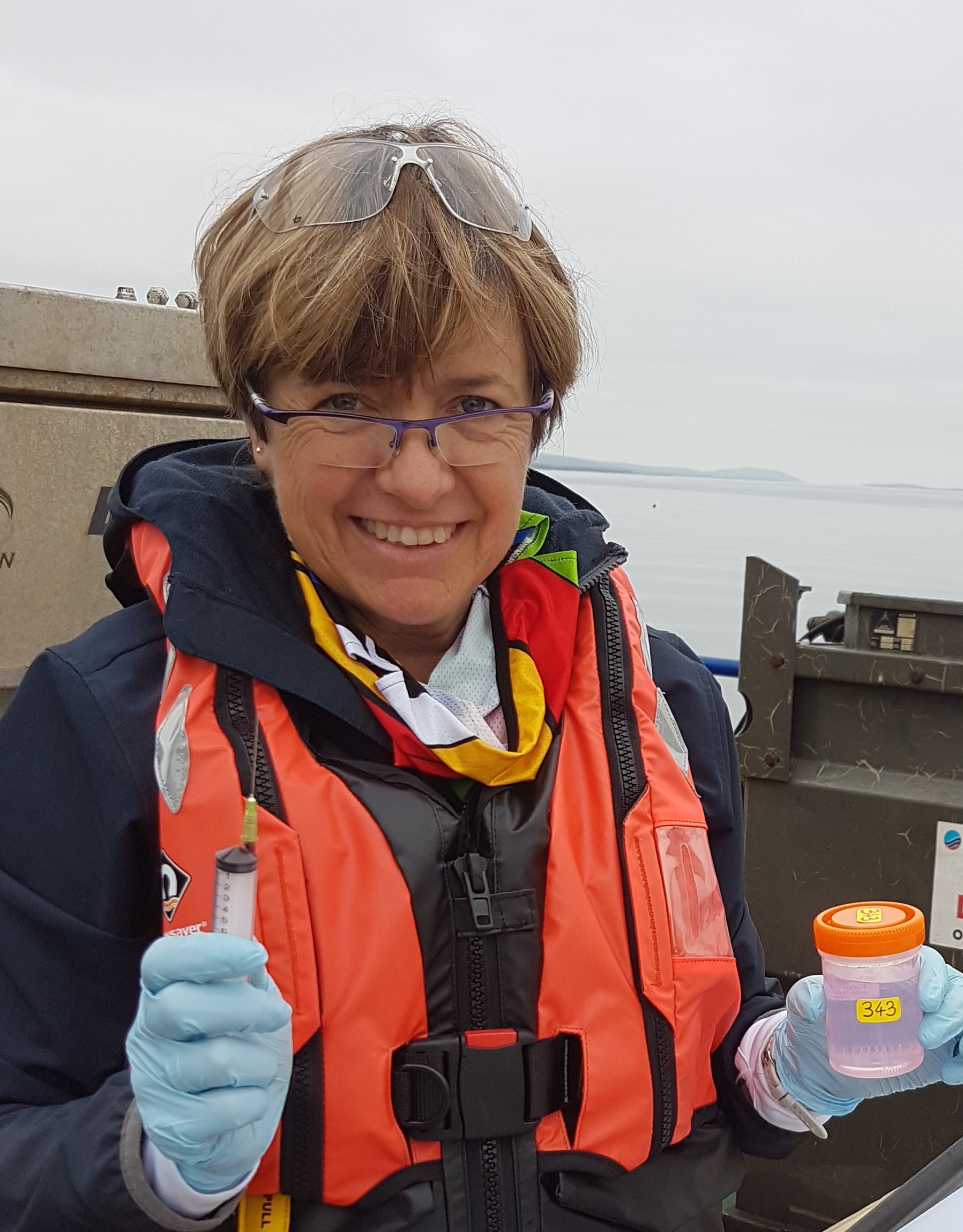B-1058: Gill disease in Atlantic salmon - a complex situation
Presenter: Dr Patricia Noguera
Date: July 29, 2022 Time: 02:00 PM UTC
CEPD credits are available for this event
Costs for training: Free to full members, Free to student members, Non member/guest: $15
Already a WAVMA member?
Log in to your account
Not a WAVMA member?
Create a guest account to access this course
with more information about what it means to sign up as a WAVMA member.
More about this event
Presentation Synopsis:
The multifunctional gills of teleost fish are responsible for many physiological processes (gas exchange, osmotic and ionic regulation, acid-base balance and excretion of nitrogenous waste) which are extremely relevant for the maintenance of the overall fish health. Gills have a direct contact with the aquatic environment which represents both an advantage as well as a superb challenge. Under farming conditions, Atlantic salmon gill disease has increased significantly and became highly prevalent in recent years. A multifactorial presentation has led the condition to be named "Complex Gill Disease/disorder (CGD)" causing substantial losses to the industry. We will have an overview of the relevance of proper sample management to obtain adequate and quality material for assessment and introduce CGD histopathology -type definition with its characteristics in comparison to other known conditions.
Presentation Learning Objectives:
- Enhanced awareness of the relevance of gill health under farming conditions
- Introduction to Atlantic salmon Complex Gill Disease/disorder (CGD)
- Enhanced awareness of gill artifacts introduced during sampling and processing
Speaker Bio:
Dr Patricia Noguera is a senior histopathologist at Marine Scotland Science where she works since 2007. Patricia holds a MSc from the University of Aberdeen and a PhD from the University of Edinburgh. Before moving to Scotland Patricia had an academic career for over 20 years working at the Comahue University in Argentina, lecturing in Fish Biology and Fish Diseases and responsible for the regional Fish Disease Diagnostic Laboratory. Since in Scotland, her main interests had been diagnostic and research concerning salmonids diseases and has worked extensively on parasitic and infectious conditions including Red Mark Syndrome, Red Vent Syndrome, Salmonid Alphavirus, developed an in vitro model based on embryonic salmon hearts and in recent years, focused strongly gill diseases.
